I am trying to create a ListView for my android app. I created an adapter cell's XML to be used to inflate into the ListView. However I can't fit more than two elements.
<?xml version="1.0" encoding="utf-8"?>
<LinearLayout xmlns:android="http://schemas.android.com/apk/res/android"
xmlns:app="http://schemas.android.com/apk/res-auto"
xmlns:tools="http://schemas.android.com/tools"
android:orientation="horizontal"
android:layout_width="match_parent"
android:layout_height="match_parent"
android:weightSum="100">
<TextView
android:id="@+id/serviceItemId"
android:layout_width="match_parent"
android:layout_height="wrap_content"
android:gravity="start"
android:layout_marginLeft="16dp"
android:layout_weight="70"
android:text="TextView"
android:layout_marginStart="16dp" />
<TextView
android:id="@+id/serviceName"
android:layout_width="match_parent"
android:layout_height="wrap_content"
android:gravity="start"
android:layout_marginLeft="16dp"
android:layout_weight="60"
android:text="TextView"
android:layout_marginStart="16dp" />
<TextView
android:id="@+id/serviceDescription"
android:layout_width="match_parent"
android:layout_height="wrap_content"
android:gravity="start"
android:layout_marginLeft="16dp"
android:layout_weight="60"
android:text="TextView"
android:layout_marginStart="16dp" />
</LinearLayout>
